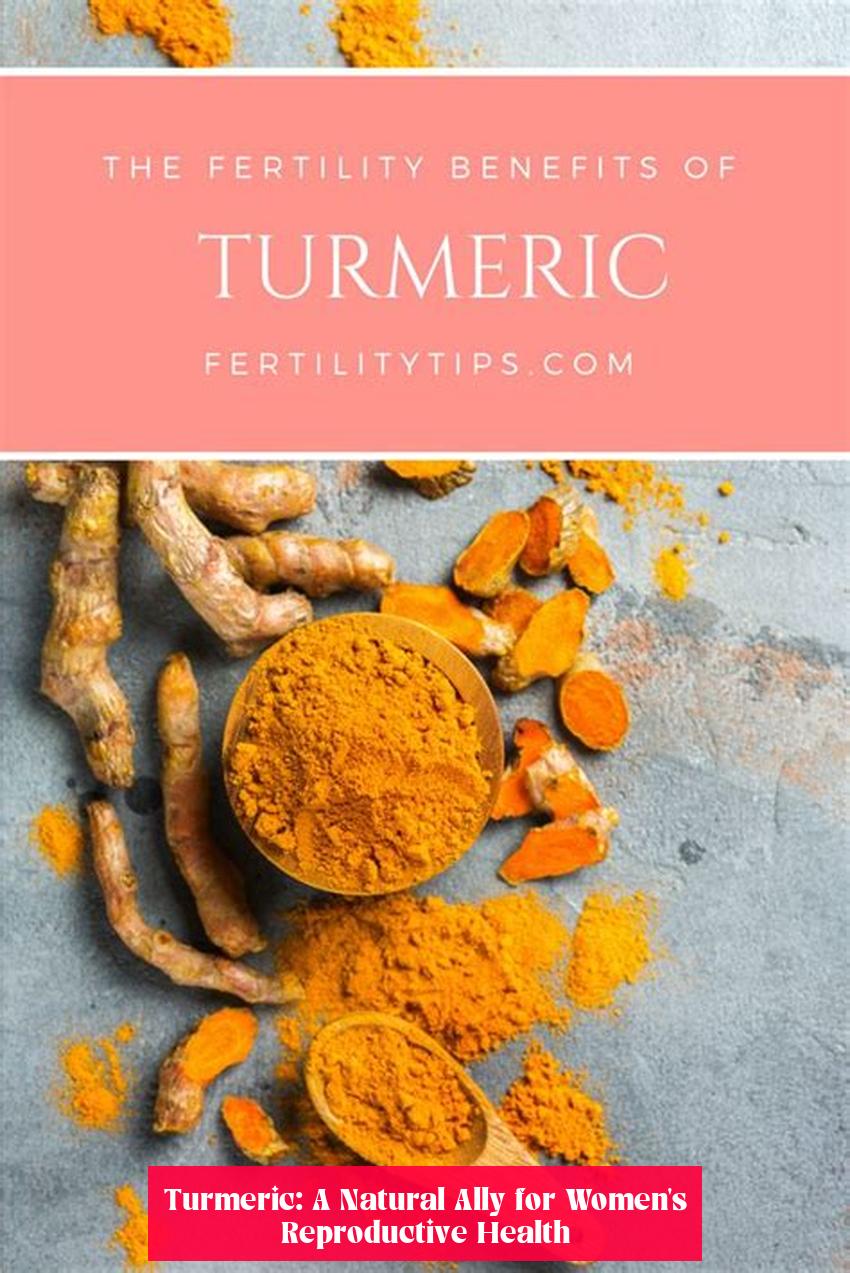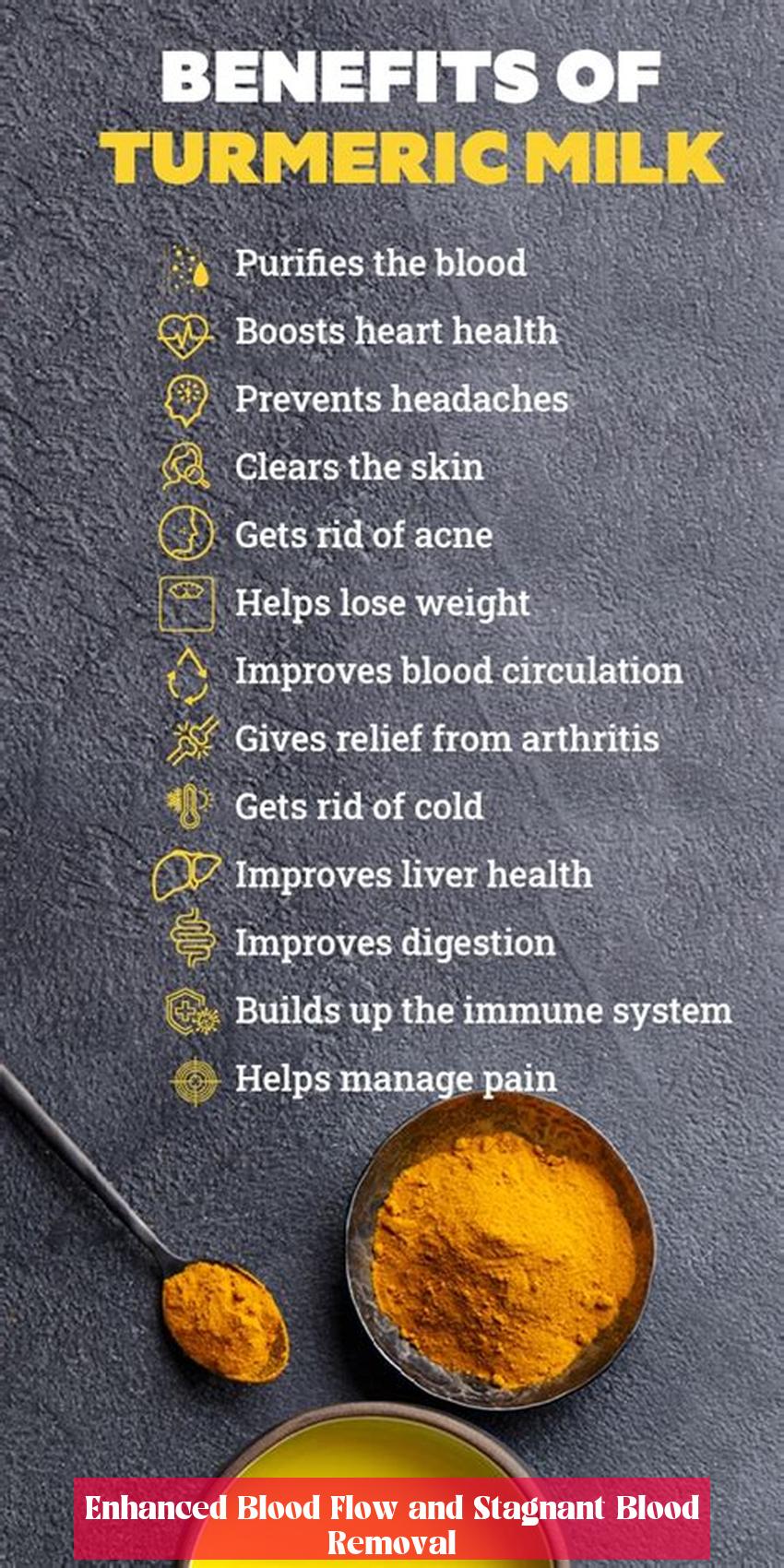Unlock the natural potential of turmeric to support your reproductive health! Discover how this golden spice can be a game-changer for women’s well-being. From menstrual relief to ovarian stimulation, turmeric offers a myriad of benefits for the female reproductive system. Let’s delve into the science-backed wonders of turmeric and how it can be your ultimate ally for a healthier, happier you.
Key Takeaways
Discover – Rooting for Health: Unveiling the Wonders of Round Orange Root Vegetables
- Turmeric can help modulate estrogenic activity and reduce intense menstrual pain.
- It may stimulate and regulate blood flow to the uterus and reproductive organs, aiding in the removal of stagnant blood.
- Research suggests that turmeric acts as a phytoestrogen, inhibiting estradiol production and reducing metalloproteinase action, which can benefit the female reproductive system.
- Curcumin in turmeric has been found to reduce the growth of endometrial cells, making it useful in the treatment of conditions like endometriosis.
- Turmeric offers antioxidant, anti-inflammatory, and immune-strengthening properties, making it beneficial for hormone balance and premenstrual symptoms in women.
- Studies indicate that turmeric can stimulate ovarian functions and modulate the response of ovaries, potentially improving female reproductive processes.
Table of Contents
Turmeric: A Natural Ally for Women’s Reproductive Health

Turmeric, the golden spice revered in traditional medicine for centuries, has gained recognition in modern science for its remarkable health-promoting properties. Among its many benefits, turmeric holds particular significance for women’s reproductive well-being. This vibrant root harbors a wealth of bioactive compounds, including curcumin, that exert multifaceted effects on the female reproductive system.
Estrogenic Modulation and Menstrual Relief
Turmeric’s ability to modulate estrogenic activity has garnered attention in the context of female health. Research suggests that curcumin, the primary active component of turmeric, acts as a phytoestrogen, mimicking the effects of the body’s natural estrogen. This property enables turmeric to potentially alleviate intense menstrual pain and regulate menstrual cycles. By interacting with estrogen receptors, curcumin may help balance estrogen levels, reducing the severity of premenstrual symptoms and menstrual cramps.
Enhanced Blood Flow and Stagnant Blood Removal

Turmeric’s role in promoting blood flow to the uterus and reproductive organs is another key aspect of its benefits for women. This spice’s circulatory-stimulating properties may aid in the removal of stagnant blood, which can contribute to reproductive issues. By improving blood flow, turmeric can help nourish the reproductive organs and facilitate proper functioning.
Phytoestrogenic Effects and Reproductive Health
Studies have shed light on turmeric’s phytoestrogenic effects, which may be particularly beneficial for conditions like endometriosis. Endometriosis, characterized by the growth of endometrial tissue outside the uterus, can cause pain, infertility, and other complications. Curcumin, the active ingredient in turmeric, has been found to inhibit estradiol production and reduce metalloproteinase action, both of which are associated with the progression of endometriosis. Thus, turmeric’s phytoestrogenic properties may offer a natural approach to managing endometriosis and its associated symptoms.
Antioxidant, Anti-Inflammatory, and Immune-Boosting Properties
Turmeric’s antioxidant, anti-inflammatory, and immune-strengthening properties further contribute to its benefits for women’s reproductive health. These properties can help combat oxidative stress, reduce inflammation, and support the immune system, all of which are crucial for maintaining a healthy reproductive system. By protecting against oxidative damage and inflammation, turmeric can help prevent reproductive issues and optimize overall reproductive function.
Ovarian Stimulation and Reproductive Processes
Emerging evidence suggests that turmeric may stimulate ovarian functions and modulate the response of ovaries to hormonal signals. This potential benefit may have implications for improving female reproductive processes and fertility. By enhancing ovarian function, turmeric could potentially increase the likelihood of conception and support overall reproductive health.
Read : Unlocking the Power of Turmeric: Essential Benefits for Women’s Health
Conclusion
Turmeric, with its array of bioactive compounds and multifaceted health benefits, stands as a valuable natural ally for women’s reproductive health. Its ability to modulate estrogenic activity, enhance blood flow, exert phytoestrogenic effects, and provide antioxidant, anti-inflammatory, and immune-boosting properties makes it a promising natural remedy for various reproductive concerns. Further research is warranted to fully elucidate the mechanisms and clinical applications of turmeric in this domain. However, the current body of evidence strongly suggests that turmeric holds great potential for supporting women’s reproductive well-being.
Don’t Miss – Unlocking the Power of Turmeric: Sexual Benefits and Libido Enhancement
1. How does turmeric benefit the female reproductive system?
Turmeric benefits the female reproductive system by modulating estrogenic activity, reducing menstrual pain, regulating menstrual cycles, promoting blood flow to the uterus and reproductive organs, and aiding in the removal of stagnant blood.
2. What is the primary active component of turmeric and how does it affect the female reproductive system?
The primary active component of turmeric is curcumin, which acts as a phytoestrogen, mimicking the effects of the body’s natural estrogen. It interacts with estrogen receptors, potentially balancing estrogen levels, reducing premenstrual symptoms, and alleviating menstrual cramps.
3. How does turmeric help with conditions like endometriosis?
Turmeric’s phytoestrogenic effects, particularly its ability to reduce the growth of endometrial cells, make it useful in the treatment of conditions like endometriosis. It inhibits estradiol production, reduces metalloproteinase action, and inhibits angiogenesis, benefiting the female reproductive system.
4. What are some other health-promoting properties of turmeric for women’s reproductive health?
In addition to its effects on estrogenic activity and menstrual relief, turmeric offers antioxidant, anti-inflammatory, and immune-strengthening properties, beneficial for hormone balance and premenstrual symptoms. It can also stimulate ovarian functions and modulate the response of ovaries, potentially improving female reproductive processes.
5. Can turmeric help with fertility?
Research suggests that turmeric can stimulate ovarian functions and modulate the response of ovaries, potentially improving female reproductive processes. Its ability to regulate blood flow and balance hormone levels may contribute to overall reproductive health and fertility.
6. How does turmeric promote blood flow to the uterus and reproductive organs?
Turmeric’s circulatory-stimulating properties aid in the removal of stagnant blood, nourishing the reproductive organs and facilitating proper functioning. By improving blood flow, turmeric supports the health and vitality of the uterus and reproductive system.















